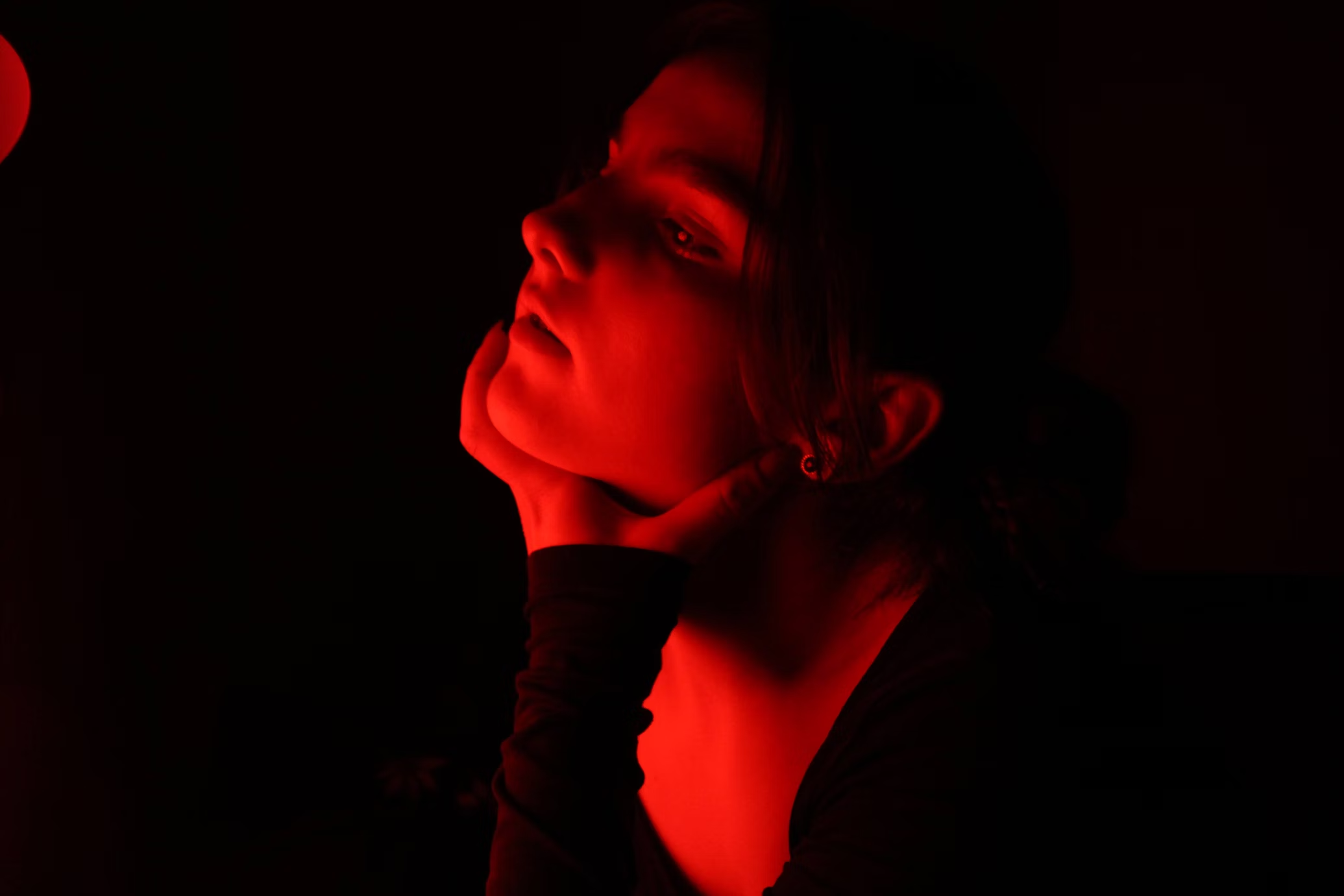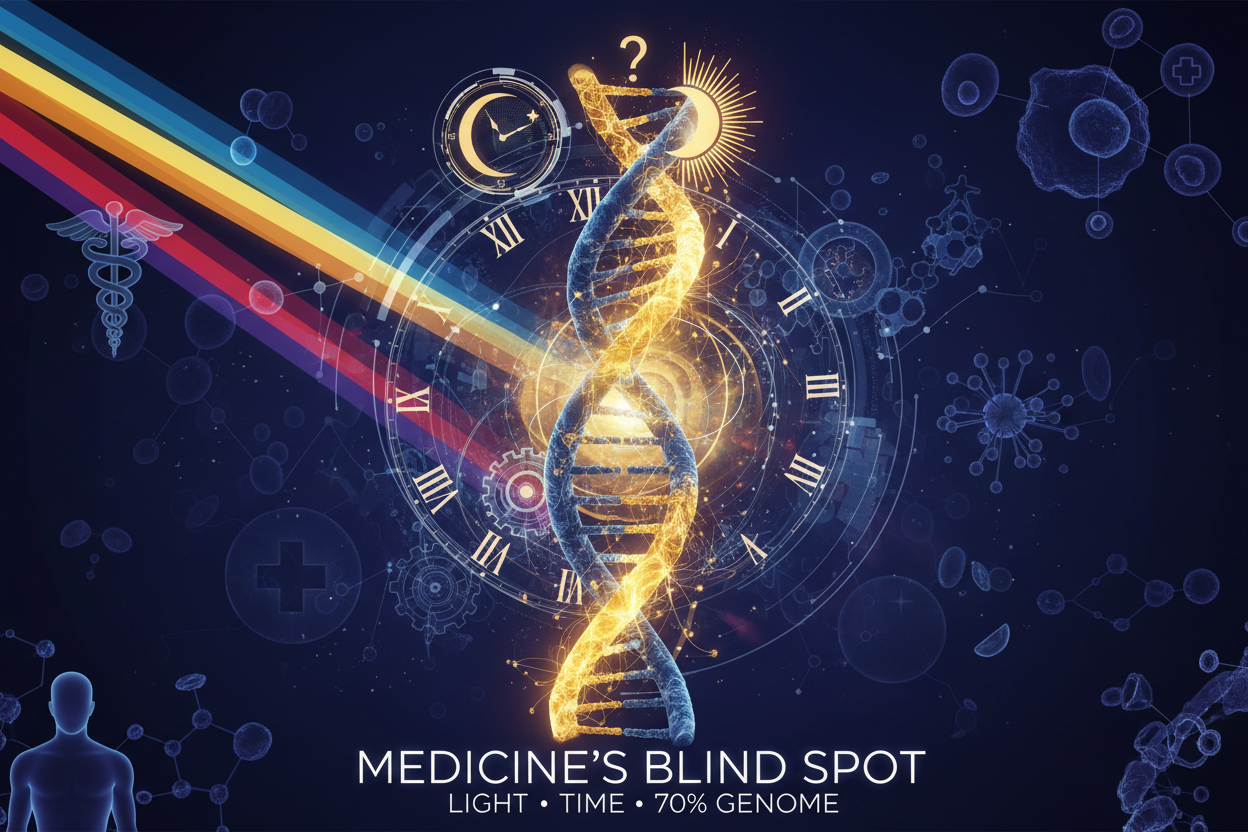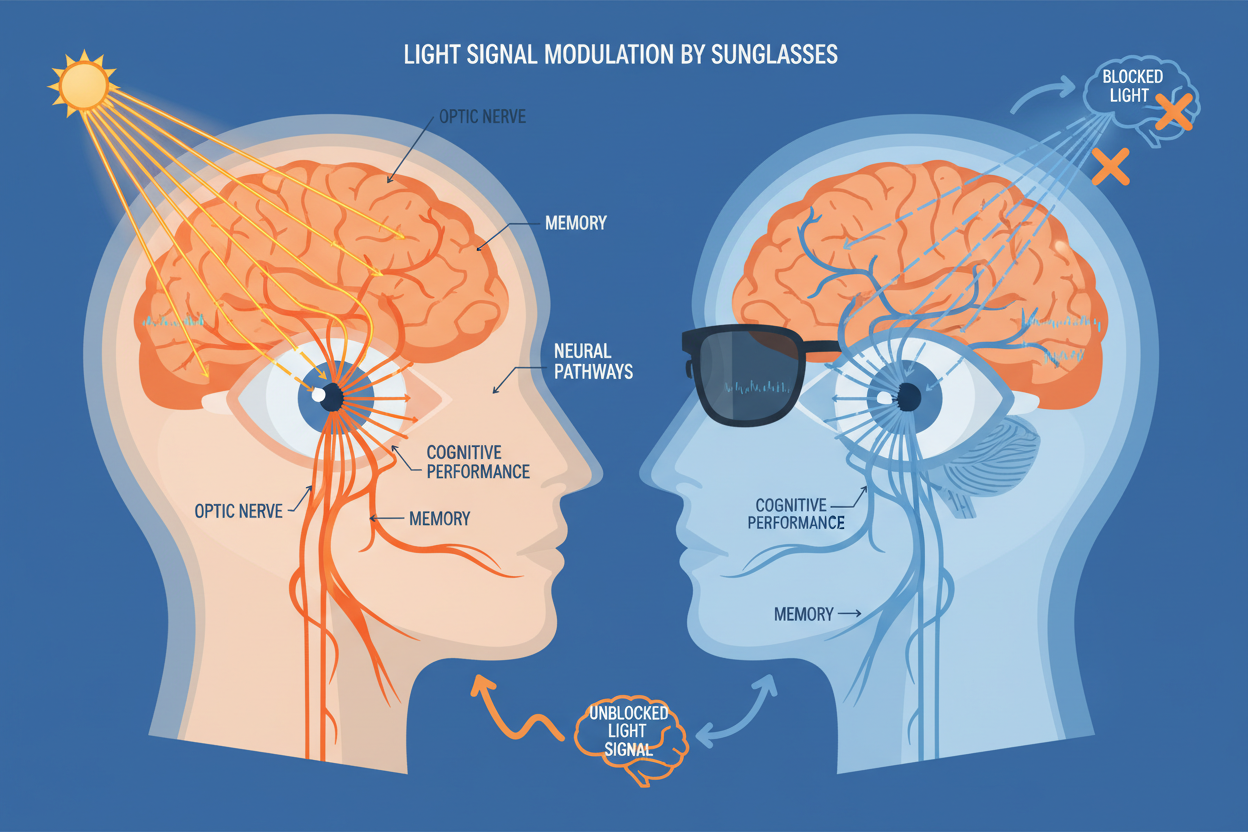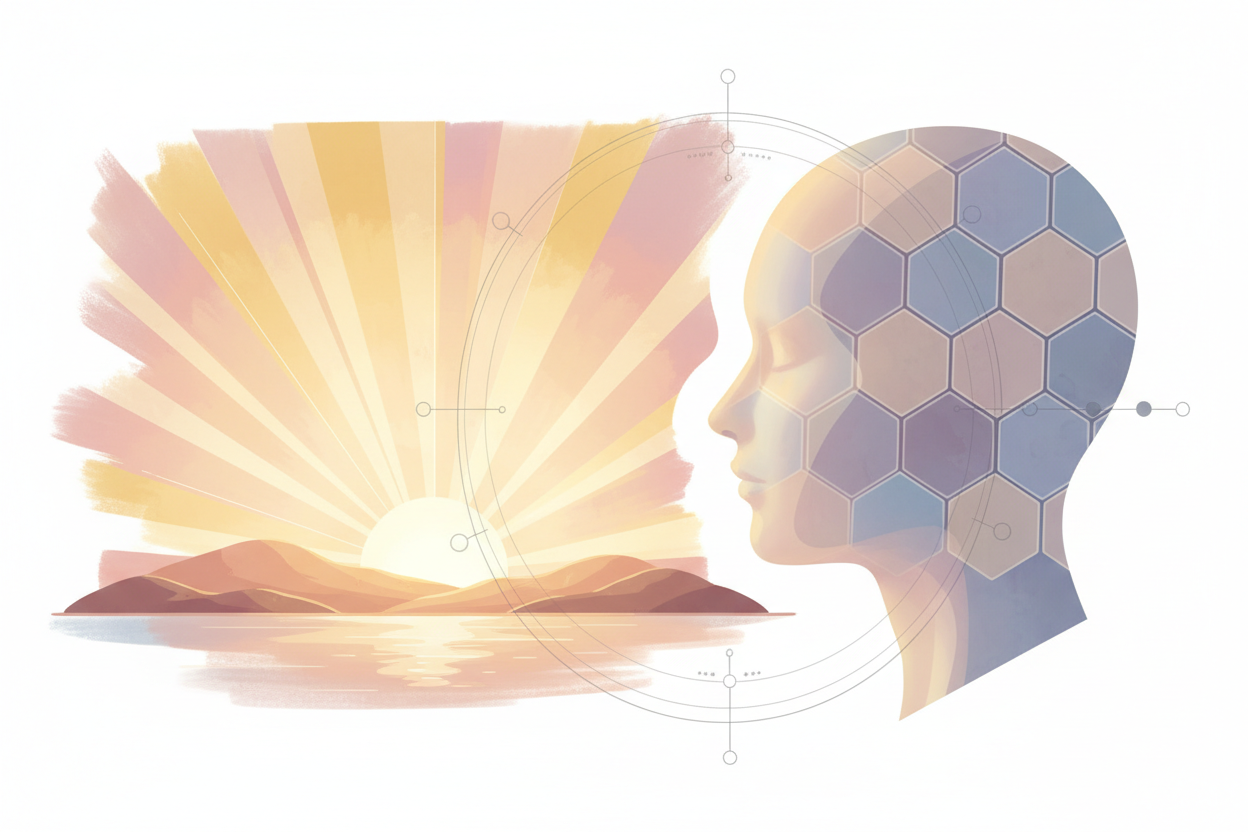
The Body Loves Light: Why Light Hunger is the New Civilizational Problem
Scientific evidence is clear: without light, our cells do not function properly. And perhaps this is the key to preventing aging, lifestyle diseases, and mental discomfort.
When light is not a luxury, but a biological necessity
The sun has been the most important regulator of our health for millions of years. Not only because of vitamin D, but because of a whole range of light signals that control hormones, sleep, immunity, healing, metabolism, and mental health.
Today, however, we spend most of our time inside – behind glass, under artificial light, cut off from biologically active light spectrum . And according to scientist and doctor Dr. Alexander Wünsche, it leaves deep marks.
In his 2014 review study, he summarized how light affects the human body – and how its lack contributes to a range of chronic issues, including:
• fatigue and depression,
• hormonal imbalance,
• insomnia,
• chronic inflammation,
• reduced tissue regeneration,
• and even faster aging.
Leather as the antenna of life
Wunsch shows that leather is not just a passive barrier, but a biologically active sensor Contains photoreceptors (e.g., opsins) and enzymes that respond to different wavelengths of light. Each part of the spectrum has a different effect:
• UVB (280–320 nm) – triggers the synthesis of vitamin D and stimulates the skin's immune response.
• Blue light (450–495 nm) – synchronizes the circadian rhythm and regulates cortisol.
• Red and near-infrared (600–1000 nm) – penetrates deeply into tissues, activates mitochondria, increases ATP, and supports healing.
Without these light inputs the body works, but in emergency mode It's like a plant living in a cellar – it survives, but doesn't live fully.
Artificial light: information-poor, biologically confusing
The fundamental problem is not just the lack of light – but also bad light . Indoors, we are surrounded by a spectrum with a high proportion of the blue component and without natural transitions between wavelengths. The body thus receives incomplete or confusing signals.
Wunsch points out that chronic exposure to artificial light in the evening disrupts melatonin production, increases stress hormones and shifts the body into "daytime" mode, even when it needs to sleep, repair, detoxify.
REDelios: How to Return the Light to the Body That It Knows
The development of light therapy devices is also based on knowledge from this very field, such as REDelios from Redlight.Doctor – a Czech manufacturer that brings biologically accurate light spectrum back to the human body.
• 4 panels with 6–10 wavelengths , which combine UVB, visible red, and NIR spectrum.
• Hand applicator for targeted regeneration.
• Range from 297 to 1280 nm , that is complete biologically active spectrum.
This technology helps:
• restore hormonal balance,
• support mitochondrial function and energy,
• reduce inflammation and pain,
• improve sleep, mood, and performance.
It is a way to transmit light information to the body, which it desperately lacks today.
Conclusion: Lack of light is a civilization injury. And the remedy is within our reach.
Wunsch's article shows that light not decoration, but nutrition . And that modern "light hunger" can be one of the main causes of chronic fatigue, immune disorders, hormonal problems, and faster aging.
Reconnection to light – in its natural, but also technologically precise form – is more than a biohack. It is a return to the biological rhythm that has never ceased to exist within us.
And if the body sees the light again... it will start functioning properly again



Leave a comment
This site is protected by hCaptcha and the hCaptcha Privacy Policy and Terms of Service apply.